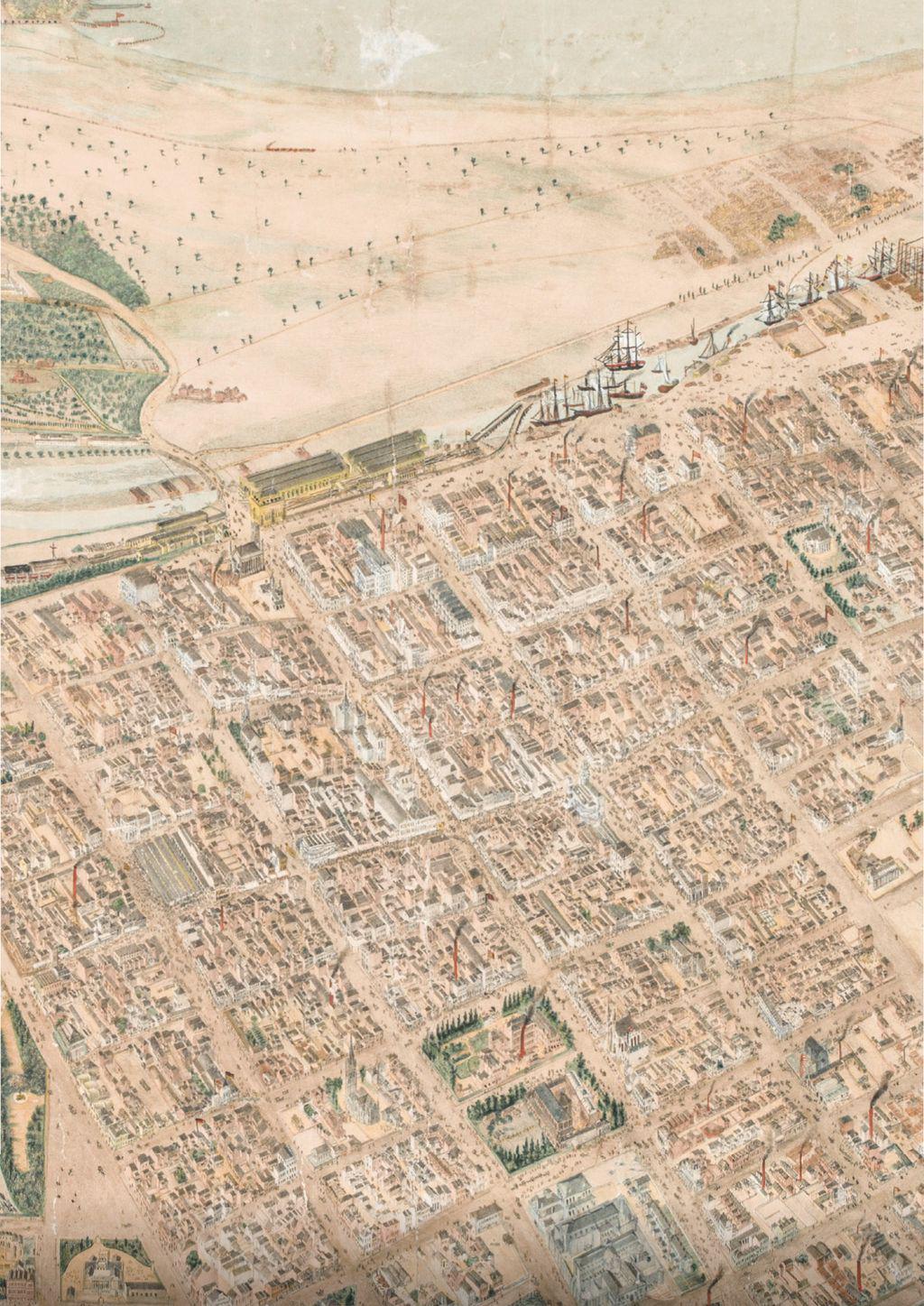MAPPING YOUR FAMILY TREE
Mar 20, 2019
3 minutes

Why are maps so useful in family history research?
Maps can be used to find out a number of things about a person and point you to other resources that will further your discoveries. Maps can pinpoint a place that you couldn’t otherwise find, particularly a place that has changed names. A map can show the type of house someone lived in, the dates they lived there, and the type of lives they lived.
What types of maps are the
You’re reading a preview, subscribe to read more.
Start your free 30 days



